Previously, we introduced two parts of the router SoCs in the WiFi 6 era, but that was a long time ago. After Xiaomi entered the router market, it must be said that the router industry is becoming increasingly competitive. In the past, you could only buy various low-quality ROMs from TP-Link, but now even TP-Link has started to join the ranks of higher configurations. Recently, TP-Link released a router with dual 2.5G ports, and the ROM has been upgraded from the low-end AX4200 to the high-end AX8400, increasing to 128MB, ending the history of TP-Link mainstream routers only having 16MB ROM. It also supports Docker and USB, making it incredibly powerful. So it’s time for me to introduce the new SoCs for routers this year. This issue mainly covers these topics, and I hope everyone enjoys it.
1: Qualcomm IPQ5000 Series
It must be said that the IPQ5000 series represents a comprehensive downgrade for Qualcomm in SoCs. Why? Because the price range of 200-300 originally used IPQ6000, which had a quad-core A53. However, Qualcomm probably thinks that using their own CPU here is too much of a waste, so they stopped using it. Now, in the 200-300 price range and even up to 400, they have switched to IPQ5000, which includes non-integrated memory IPQ5000 and integrated 256MB memory IPQ5018. Additionally, it integrates 2.4G WiFi 6 wireless. However, the CPU specifications have significantly shrunk to a dual-core A53 at 1.0-1.2GHz, cutting the core count in half. The accompanying 5G chips are mostly QCN6102, supporting 2×2 160MHz MIMO. Of course, there are also high-end wireless chips like QCN6024 paired with TP-Link and QCN9024 paired with Xiaomi, generally used in devices priced at 400-600 yuan.
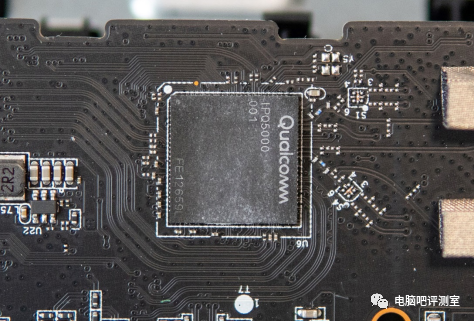
2: MediaTek MT7622B
This is the chip used by MediaTek to replace MT7621 as the main router chip. In terms of CPU, it has switched from the previous MIPS architecture to ARM architecture, no longer supporting hyper-threading, and the core count remains dual-core. However, the clock speed has increased from 880MHz of the 7621 to 1.35GHz. Of course, CPU performance cannot be judged solely by clock speed across different architectures. However, the downside is that it does not integrate a gigabit wired switch, only a hundred megabit one. The wireless part integrates an MT7615N, supporting 4×4 MIMO. Currently, there are not a few devices using this CPU; the Redmi AX6S and Ruijie Star X32 I previously recommended are both equipped with the MediaTek 7622 chip. It is affordable, performs adequately, and we can look forward to the support of third-party firmware in the future. Additionally, the built-in signal amplifier is also good, so these routers have decent signal strength. The images are from acwifi; I haven’t disassembled a 7622 device myself.
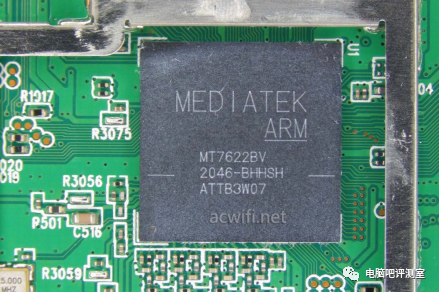
3: ZTE ZX279132
This is one of ZTE’s enterprise-level chips, currently one of ZTE’s main router chips, used in AX5400Pro. In terms of CPU, it has a quad-core A53 architecture at 1.1GHz, with a 14nm process. It also integrates an 8-core NPU for forwarding and other tasks. Additionally, this chip certainly supports dual 2.5G interfaces, as can be seen from the disassembly of AX5400Pro, which has a 2.5G empty solder pad. Furthermore, it may support 10G interfaces; we look forward to the full-featured product of this SoC. The CPU has been tested not to have a 1G bottleneck, and the heat generation is low, making it an excellent SoC. However, ZTE’s current firmware is somewhat rudimentary; it would be much better if they could improve it later. The images are from Gouye’s disassembly; I borrowed them.
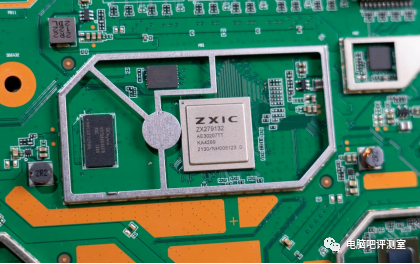
4: MediaTek Filogic 830
At the beginning of the article, I mentioned that TP-Link released a new router with dual 2.5G ports, ranging from low-end AX4200 to high-end AX8400. The main chip of these routers comes from MediaTek’s Filogic 830, which was just released at the end of last year. This chip is expected to be the main chip for routers priced between 400-800 yuan this year. However, with Xiaomi around, let’s be a bit bolder and say 300 yuan! But it is estimated that it will lack the 2.5G feature, similar to TP-Link’s XDR6020. The CPU part consists of a quad-core 2.0GHz A53 architecture with a 12nm process, supporting DDR4 and having PCI-E channels. However, there is also a low-frequency version used by TP-Link at 1.6GHz, which lacks PCI-E channels and integrates 512MB DDR3 memory. In terms of ports, it supports two 2.5G ports, regardless of whether it’s the cut-down version or not. Based on the performance of XDR6020, this chip has very low heat generation and strong performance; those buying WiFi 6 routers this year are in for a treat. The images are also from acwifi; currently, only the acwifi webmaster has disassembled the XDR6020.
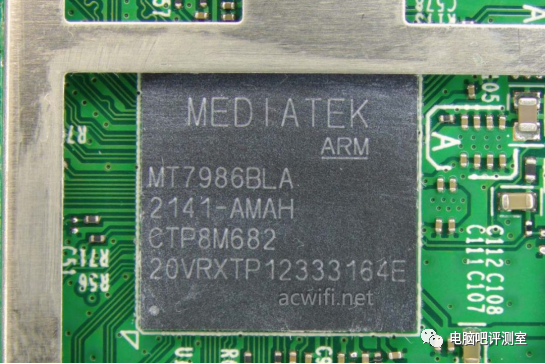
5: Broadcom BCM4912
This is Broadcom’s latest flagship WiFi 6 router chip, which has a slight increase in clock speed compared to the previous BCM4908, reaching 2.0GHz, while maintaining the quad-core A53 specifications. Additionally, it supports two 2.5G ports, which is a notable improvement, as the 4908 only supported one. The SoC process has significantly advanced from the previous generation’s 28nm to 16nm, meaning it should generate less heat. This router is also Broadcom’s main product this year; currently, the ASUS ROG GT-AX6000 is one of the few that uses this SoC. ASUS has been a loyal supporter of Broadcom, as we can see in almost every case.
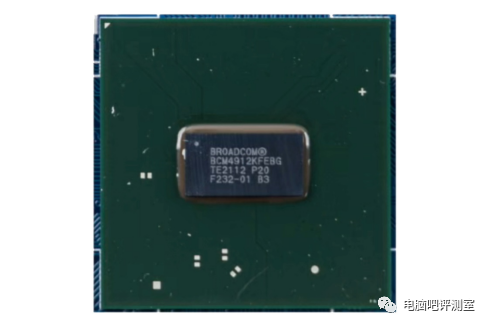
6: Qualcomm IPQ807XA
This model is also an old player; although it was released earlier, it still holds its ground today due to its advanced process and excellent specifications. The ‘X’ designation indicates variable numbers, such as 8072A, 8074A, and 8078A, among others. This is the standard CPU for many flagship routers today, such as Xiaomi’s AX9000 and TP-Link’s Shengshi XTR10890, both featuring IPQ807XA as the core SoC. In terms of architecture, it has a quad-core A53 at 2.2GHz, and depending on the ‘X’, the functions may vary. It integrates two 1.7GHz NPUs, which can be used in IoT and other areas. Additionally, the highest model, 8078A, supports up to 12 spatial streams, targeting enterprise-level applications. However, these routers often have very high prices, so we can only admire them from afar. The images are also from acwifi; even if I search online, I still find their images…
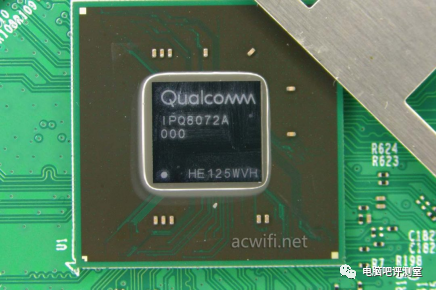
That’s all for this issue. As for the small crab CL8080 and the Marvell 88W9068, since there are no actual products or detailed information, I won’t introduce them. See you in the next issue.


